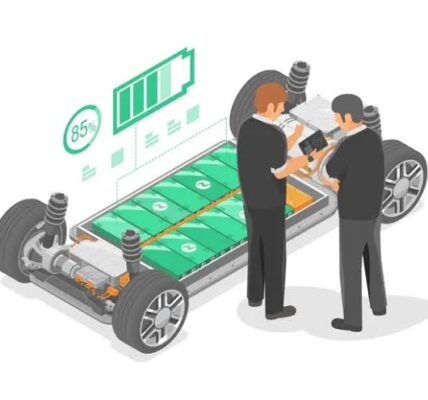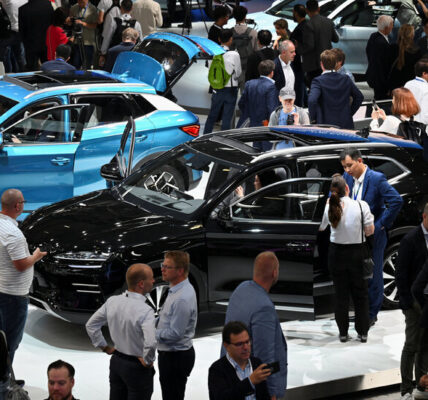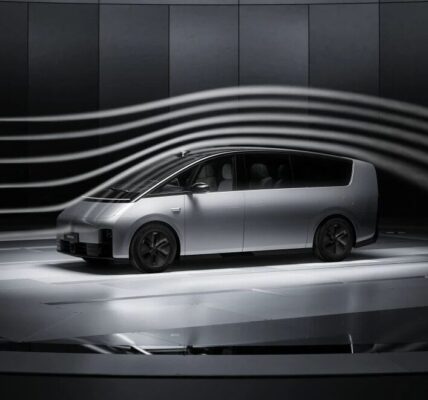Registrations of battery electric vehicles (BEV) continue to fall in the European continent, as sales growth slows in the US and British manufacturing of the wheeled machines declines sharply.
The EV revolution is showing early signs of running out of charge in Europe, while reports paint a less rosy picture in the US too after consulting firm J.D. Power lowered its sales forecast for EV growth from 12 percent this year to just 9 percent.
According to the European Automobile Manufacturers’ Association (ACEA), BEVs accounted for 12 percent of the EU car market in July, down from 13.5 percent the previous year. New registrations of the vehicles dropped by 10.8 percent, with shrinkage in countries such as Germany (down 36.8 percent) offsetting gains elsewhere.
In the UK, there was a healthy 10.5 percent increase in BEV registrations year on year; this was eclipsed by plug-in hybrid electric vehicles (PHEV), which enjoyed a 28.2 percent increase in registrations, and hybrid electric vehicles (HEV), the registrations of which increased by 17.1 percent.
The market share of petrol-powered vehicles in Britain was still above 50 percent at 54.7 percent, according to the Society of Motor Manufacturers and Traders (SMMT).
In terms of production in the UK, electrified (BEV, PHEV, and HEV) vehicle manufacturing dropped 18.6 percent year-on-year in July. However, the 37.5 percent share in output represented only a relatively small drop compared to 39.5 percent in July 2023. Overall UK car production declined 14.4 percent.
Nicholas Farhi, a partner at OC&C Strategy Consultants, put the decline down to worries about range, among other factors. Noting that UK production of electrified vehicles appears to have backfired, he pointed to upcoming research from OC&C that indicates a decline in the number of consumers definitely or likely to buy an EV as their next car, dropping from 28 percent to 20 percent.
“The main perceived barriers remain range, access to charging points, and cost to purchase,” he said.
He added: “Current EV drivers are, however, highly satisfied, with 80 percent strongly advocating EVs to their friends, with the only material source of their complaint being out-of-home charging that is hard to find, hard to pay for, slow, or broken.”
Despite the slower-than-expected growth rate in the US, J.D. Power still predicted EV sales would account for 36 percent of the country’s market in 2030 and rise above 50 percent by 2035.
Although the decline in output in the UK can predominately be attributed to model changeovers and supply chain challenges, at least according to the SMMT, the market share figures in Europe and the US indicate that customers able to afford electrified vehicles and access charging infrastructure have likely already made their purchasing decision.








